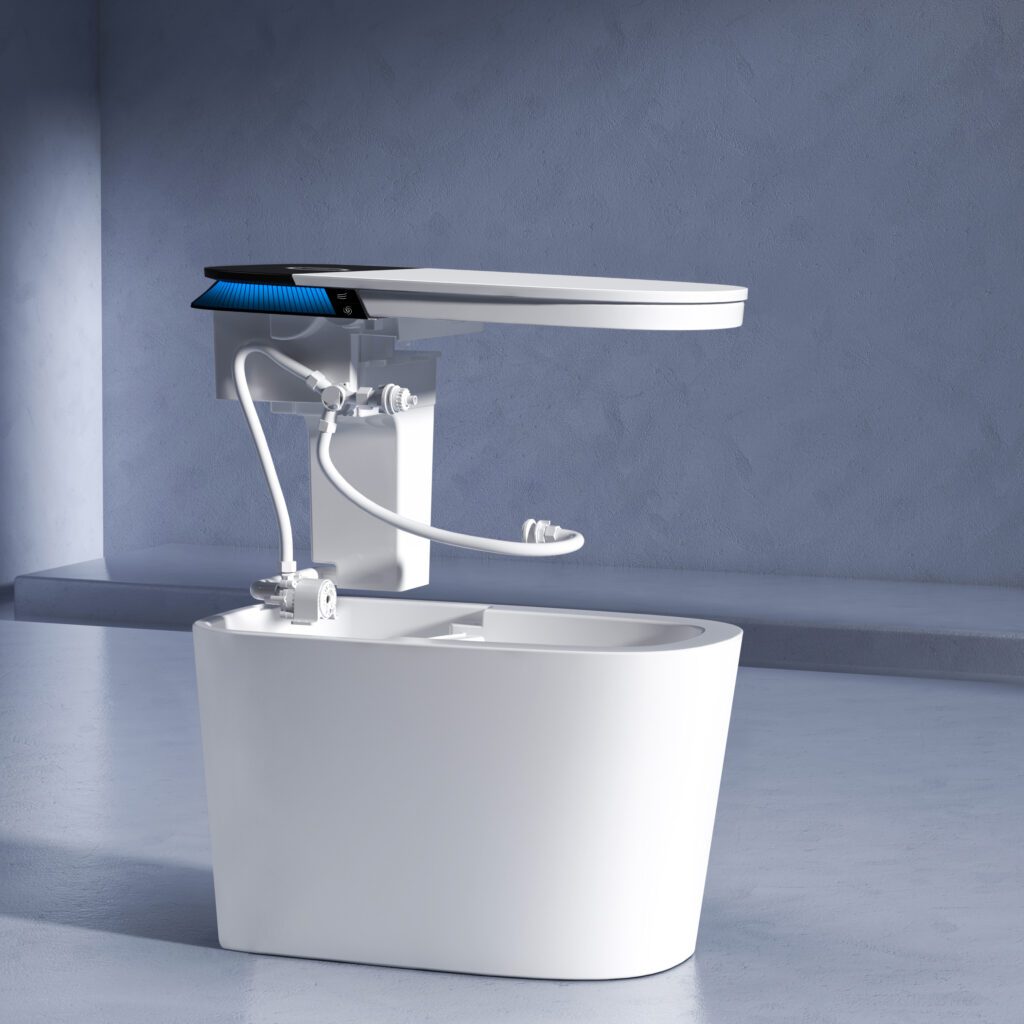Since 2019, the Hong Kong Government has been actively upgrading around 240 public toilets across the city, with the initiative extending to commercial shopping malls as well. With a budget of HK$600 million, the aim is not only to enhance public hygiene but also to align with the “Hello Hong Kong” campaign, which seeks to revitalize the tourism industry affected by the COVID-19 pandemic. As part of this refurbishment effort, promoting Hong Kong’s image as a clean and sanitary city has become a priority, making the state of public toilets a focal point. To achieve these improvements, the adoption of technological solutions like smart toilets has become essential. Smart toilets are increasingly favored by authorities worldwide as they enhance hygiene through automation and address labor shortages in the cleaning industry by enabling cleaning-on-demand. Central to the functionality of smart toilets are various IoT sensors. Here, we explore four key reasons why sensors are so crucial for smart toilet systems.
1. Automated Monitoring
Smart toilets utilize IoT sensors connected via Wi-Fi, enabling real-time data transmission to supervisors about the condition of the toilets. This allows cleaning staff to be dispatched only when necessary, rather than on a fixed schedule, optimizing manpower usage. The sensors can detect a range of conditions, including ammonia levels as low as 0.1 ppm, indicating cleanliness, and counting foot traffic with ultra-low power passive infrared (PIR) sensors. They also monitor temperature, toilet roll usage, and soap levels, among other metrics. An alert system can be established to notify facility managers automatically when certain thresholds are met.
2. Data Collection for Management Analysis
The data collected by smart toilet IoT sensors is incredibly valuable for management. It simplifies the management of multiple restrooms and allows resource planning to be more efficient, reduces waste, and enhances the overall user experience. The web-based platform provides managers with actionable insights, helping to streamline operations and improve service quality.
3. Enhancing User Safety
Recent tragic incidents in Hong Kong’s public toilets have underscored the need for enhanced safety measures. For example, in April, a 58-year-old woman was found dead in a public hospital toilet after waiting over 12 hours for treatment. This incident has prompted calls for IoT sensors in public toilets to detect falls or other unusual incidents when users are alone. GF Technovation’s non-contact vital signs monitoring sensor, for instance, uses Impulse Radio Ultra-Wide Band Radar Technology (IR-UWB RADAR) to detect body position, heartbeat, and breathing signals. In case of an emergency, the sensor sends a real-time alert to the responsible personnel, ensuring timely intervention.
4. Improving Customer Experience
The integration of smart toilets and their IoT sensors significantly enhances the overall customer experience. Improved safety features, on-demand cleaning, and restocking of consumables, as well as the ability to see which stalls are available and the estimated waiting time, all contribute to a better user experience. These advancements lead to cleaner, safer, and more convenient facilities, leaving visitors with a positive impression of the city.
In conclusion, IoT sensors play a critical role in the efficiency and effectiveness of smart toilet systems, making them indispensable in modern restroom management and enhancing both user safety and satisfaction.
